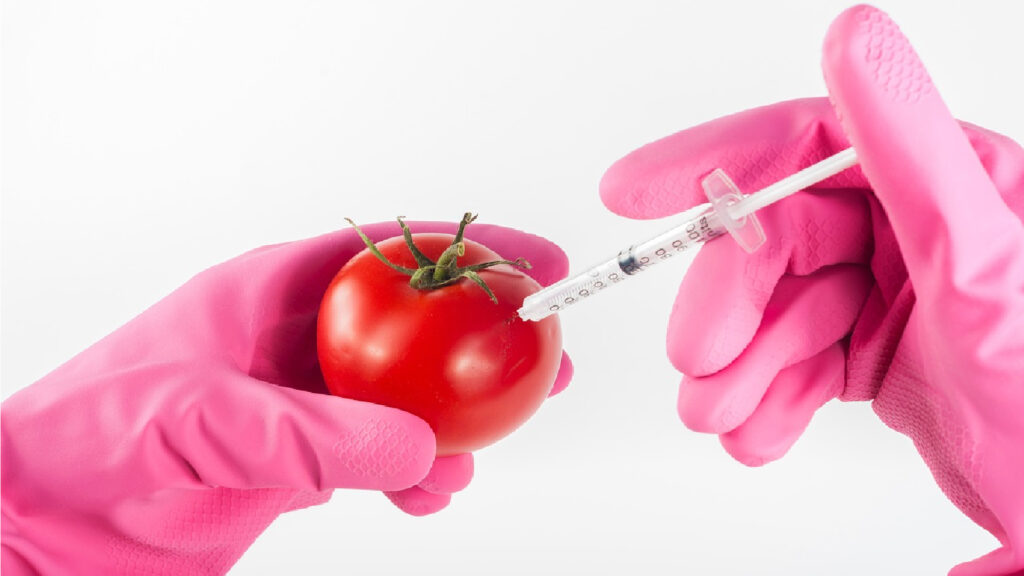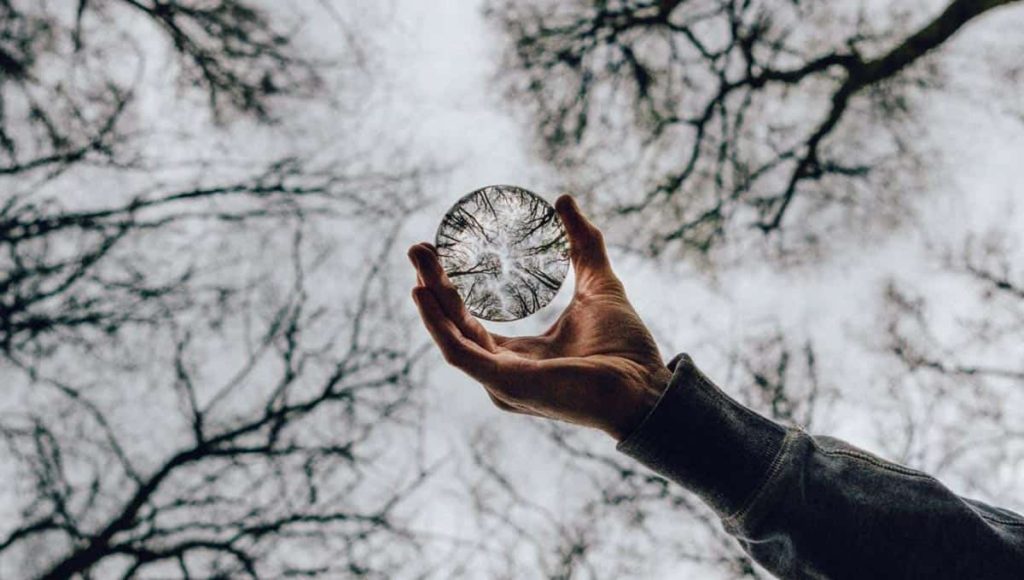“Whenever you see the words ‘fat free’ or'”low-fat,’ think of the words ‘chemical shit storm.'”
~Rory Freedman, author of Skinny Bitch: A No-Nonsense, Tough-Love Guide for Savvy Girls Who Want to Stop Eating Crap and Looking Fabulous
I get it – there’s so much information out there about “The Perfect Diet”, “Eat this, Not That” or “How to Lose Weight Fast”. The different perspectives are dizzying, and they’re all speaking to a part of us, the part of being human that we cannot live without – eating. If there’s so much information out there about what to eat, what should you believe? Unless you’re one of those people who think you can survive on air alone (I tried that. It didn’t work), let’s start with the basics, then branch out from there.
Chemicals aren't so bad
You and I are biological masses that are made up of a whole slew of chemical compounds. Those chemicals work together harmoniously to create the cells, tissues and bones that give us shape and form. I’m sure that many of you have heard about the most abundant chemical compound in our body – water (or H2O). So we all know that we’re made of hydrogen and oxygen. We also have carbon (like all organic compounds), nitrogen, calcium, phosphorus, potassium, sulfur, sodium and a smattering of trace elements like aluminum, silicon, iron, cobalt, zinc, iodine, selenium and fluorine. If you want to see a great breakdown of this, I recommend checking out this article on ThoughtCo.
Now that we know that our bodies are made up of a complex group of chemicals, what do you think we need to eat to replace and maintain our bodies over time? Chemicals! Here’s the catch – depending upon the chemical need, they have different names. When we’re talking about the chemicals found in the foods that we eat that provide us sustenance to help us grow and thrive, they’re called nutrients . These nutrients are the foundation from which we can build tasty meals, quick snacks and holiday centerpieces specific to different cultures around the world. Chemicals per se aren’t bad for us. We actually need them! However when it comes to our bodies, not all chemicals are created equal, so let’s look at the major groupings of nutrients.
Nutrients in our food
So far, we’ve covered how our bodies are made of specific chemical compounds that we feed with various nutrients. Let’s dive deeper. The majority of our food and nutrients can be classified as macronutrients. There are three macronutrients: carbohydrates, proteins and fats. Each of these is made of chemical compounds:
- carbohydrates: made of carbon, hydrogen and oxygen
- proteins: composed of carbon, hydrogen, oxygen and nitrogen
- fats: formed from hydrogen and carbon
When Chemicals ARE Bad
Since nutrients are chemicals, it’s not fair to say that “chemicals in our food make them bad”. However, nutrients in our food are the chemicals that our bodies recognize and assimilate. They come from the plants and animals that we eat, as well as from the water that we drink and the air that we breathe. For much of human history, this process has been quite simple. Traditionally, food was hunted and gathered from the wild or it was cultivated and harvested by small farmers.
Since the late 1800s, a lot has happened to change that model. First, there was the introduction of artificial sweeteners beginning with saccharin. Saccharin has a very interesting beginning that you can learn more about here. It was actually discovered by accident when the chemist Constantin Fahlberg was experimenting with a new food preservative from coal tar (yes – you read that right, coal tar. Industrially, it’s used in the surfacing of roads. Medically, used as a topical remedy). Fahlberg accidentally got some in his mouth and realized it tasted sweet. Thus a new sweetener, the by-product of a non-edible substance, soon entered the market. Many other artificial sweeteners have since followed saccharin’s path into our foods. These sweeteners tend to be cheaper than sugar, so they’re desirable to food manufacturers. In everyday life, the advertising of artificial sweeteners has led us to associate them with calorie restriction and weight-loss. In the end, most artificial sweeteners are non-foods that provide no nutritional benefit and are not recognizable as a cellular building block.
Next, we had the discovery of trans fats. Through hydrogenation of common liquid oils, fats could be made to have a longer shelf life without going rancid (or bad). In the U.S., this turned out to be especially beneficial in 1943 when the government started rationing butter and fats during World War II. This led to the addition of trans fats into more and more foods. Unfortunately, it was too good to be true and in the early 2000s, scientists started to see that the trans fats were actually causing more harm than good. It appears that our bodies are not equipped to process and assimilate this fabricated form of fat.
Artificial sweeteners and trans fats are just two examples of non-food, non-nutrient products that have made their way into our everyday lives. Time has marched on and now there are even more new inventions that promise great things to replace fats, sugars, proteins, flavors and more traditional ways to preserve foods. Each of these new discoveries come with their own share of concerns. This is because little is known on the outset about how our bodies will react to them.
Conclusion?
What Are You Made Of? While it’s true that human bodies are made from the variety of chemical elements found in the foods we eat, it does not mean that everything we eat is good for our bodies. “Frankenfoods” as they’ve now been coined are non-foods that have been created to fill the dietary needs of a rapidly growing global population. The food manufacturing industry is constantly searching for ways to “have our cake and eat it too” without guilt, ways to preserve foods for longer and longer periods of time and for creating magic pills for staying healthy. Sadly, the affects of many artificial additions to the human diet are showing to be short-sighted and hold unintended consequences. The nutrients your body treats as food has evolved for eons. Modern food industrial practices are but a blip on the timeline of what your ancestors ate to stay healthy. Because the structure of the human body has not changed much in the past 40,000 years, we should be skeptical about the recent inclusion of new chemical derivatives and compounds into our diet. That’s why we should eat foods with minimal processing, the kind that have been traditionally grown and harvested, not the kind created in a lab.




